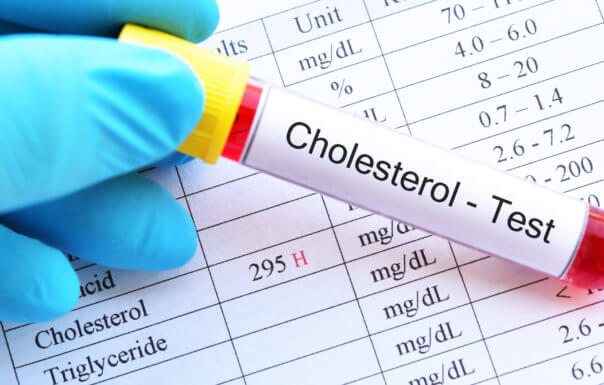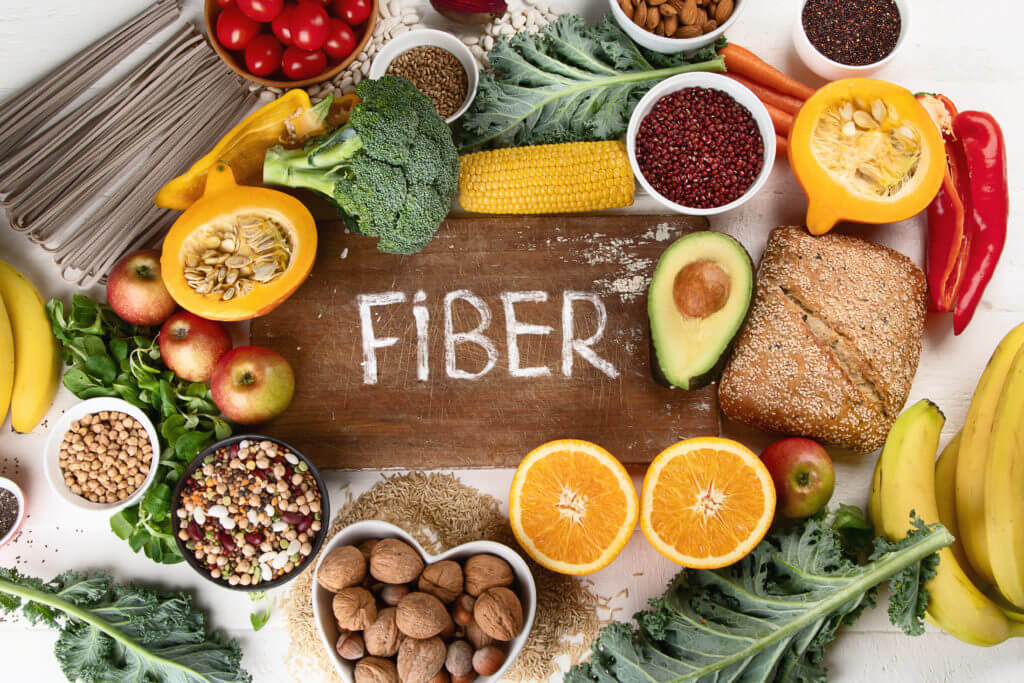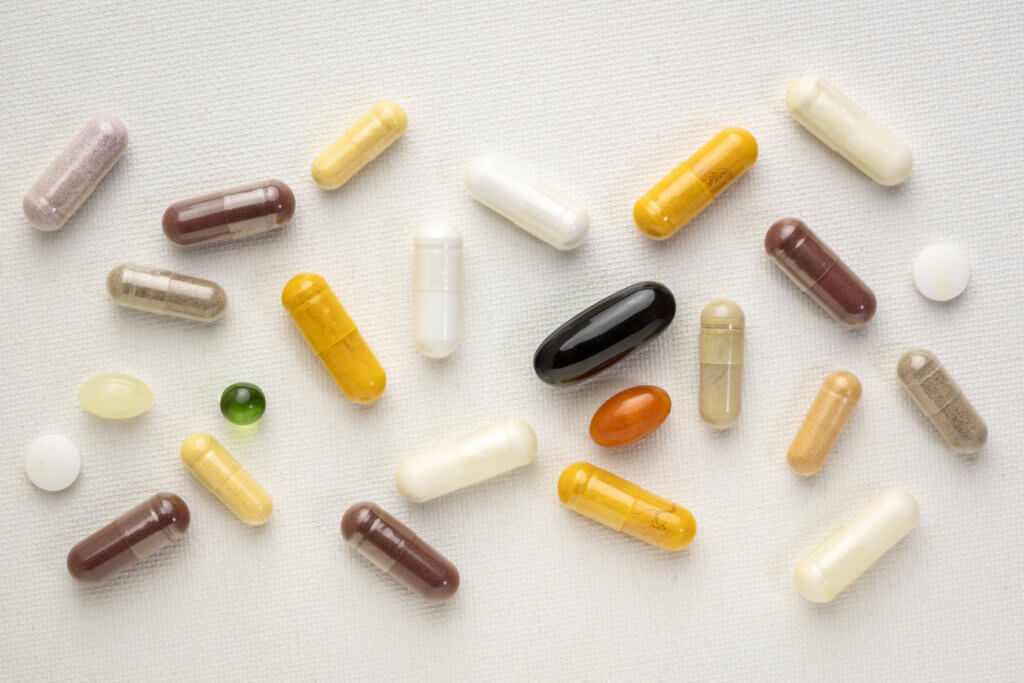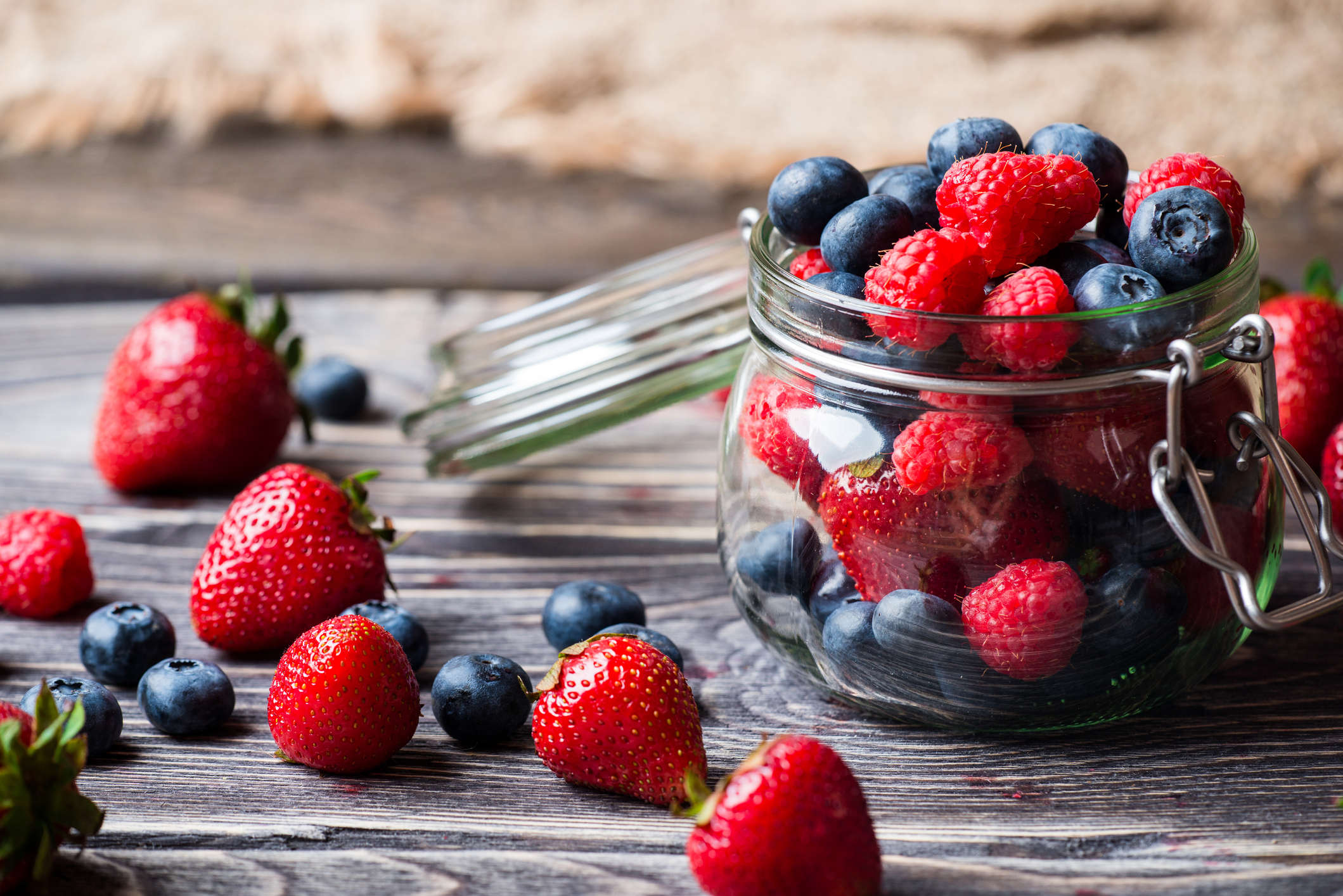Key takeaways:
- Research suggests that omega-3 supplementation might benefit health in several ways.
- The supplement may improve cognitive, cardiovascular and mental health.
Omega-3 supplements, commonly found in the form of fish oil, may offer various health benefits, according to an expert.
Omega-3s are a class of polyunsaturated fatty acids (PUFAs), including the long-chain fatty acids docosahexaenoic acid (DHA) and eicosapentaenoic acid (EPA), as well as the essential fatty acid alpha-linolenic acid (ALA), Stefan M. Pasiakos, PhD, director of the NIH office of dietary supplements, told Healio.
DHA and EPA are commonly found in krill oils, fish oils and fish, whereas ALA is in plant oils, like soybean, flaxseed and canola oils.
“Humans can convert ALA into EPA and then DHA, but the conversion is very limited,” Pasiakos said. “Therefore, consuming EPA and DHA directly from foods and/or dietary supplements is the only practical way to increase levels of these fatty acids in the body.”

Pasiakos also noted that omega-3s “are important components of cell membranes.”
“DHA in particular is especially high in the retina, brain and sperm, and it is important for fetal growth and development,” he said. “Omega-3s also form a variety of lipid mediators, such as eicosanoids. These signaling molecules have wide-ranging functions in the body’s cardiovascular, pulmonary, immune and endocrine systems.”
Summary of evidence
Omega-3 fatty acids and supplements — often in the form of fish oil — are promoted as beneficial for a variety of conditions, particularly cardiovascular health, Pasiakos said.
“Research shows that consuming fish and other types of seafood supports heart health, but the effects of fish oil and other omega-3 supplements are less clear,” he said. “Common side effects of omega-3 supplements are usually mild and include unpleasant taste, bad breath, heartburn and minor gastrointestinal effects.”
A 2019 meta-analysis published in the Journal of the American Heart Association showed that marine omega-3 supplementation was associated with a significantly lower risk for:
- total coronary heart disease (rate ratio [RR] = 0.95; 95% CI, 0.91-0.99);
- CHD death (RR = 0.92; 95% CI, 0.86-0.98);
- myocardial infarction (RR = 0.92; 95% CI, 0.86-0.99);
- total CVD (RR = 0.97; 95% CI, 0.94-0.99); and
- CVD death (RR = 0.93; 95% CI, 0.88-0.99).
However, research has been inconclusive regarding the health benefits of omega-3s. In a randomized, placebo-controlled trial that included a total of 25,871 participants, researchers found that higher intake of omega-3 fatty acids did not lead to a lower incidence of cancer or major cardiovascular events. Additionally, the 2020 STRENGTH randomized clinical trial revealed no benefits of omega-3 supplementation in patients who had a high risk for CVD.
Pasiakos additionally referenced a 2019 advisory from the American Heart Association, which stated that long-chain omega-3 supplements like fish oil lower triglyceride levels.
“In fact, prescription omega-3 products are FDA-approved for this purpose,” he said. “However, the results from clinical trials that have examined the effects of omega-3 supplements on cardiovascular outcomes, such as myocardial infarctions, stroke and cardiovascular death, have been mixed.”
Although “most recommendations for heart health” focus on intake of seafood and fish as opposed to supplements, Pasiakos said omega-3s “have also been studied for cancer, cognitive function, age-related macular degeneration, mental health/depression and other conditions.”
“Consuming fish and seafood as part of a healthy eating pattern has health benefits,” he said. “Omega-3 supplements may also have health benefits, especially for people who do not regularly consume fish and other seafood, and omega-3s do not have any safety concerns when used as directed.”
Research has also evaluated the supplement’s impact on brain health.
A 2018 meta-analysis underscored the importance of omega-3s for fetal health. The researchers included 70 randomized controlled trials including 19,927 pregnant women and found that, compared with placebo, preterm birth was lower in those who had taken omega-3. There was also a reduced risk for low birthweight, a possibly reduced risk of perinatal death and possibly fewer neonatal care admissions.
In late January of 2024, researchers published the results of a 52-week randomized controlled trial that evaluated omega-3 supplementation’s impact on cognitive decline among older adults with late-life depression. Although researchers did not observe significant global cognitive improvement, they noted a marginal, but not statistically significant, enhancement in processing speed in the omega-3 group, indicating that the omega-3 PUFA supplement could help mitigate cognitive decline in this population via modulation of brain entropy and anti-inflammatory mechanisms. (The researchers also wrote that larger clinical trials are needed to validate any potential therapeutic implications.)
A 2019 meta-analysis of double-blind, randomized, placebo-controlled trials published in Translational Psychiatry showed that omega-3 PUFAs had “an overall beneficial effect” on depression symptoms. The 26 studies, which included more than 2,100 participants, supported the conclusion that an omega-3 supplement with at least 60% EPA at a dosage of 1 g or less per day has antidepressant effects.
Concerns?
Pasiakos noted some potential issues when omega-3s are taken at high doses.
He said that, at high doses, the supplements can have antiplatelet effects. Even though “they appear to be less potent than aspirin,” patients who take “prescription-strength omega-3s with certain anticoagulants should be monitored periodically for changes” in their international normalized ratio. Also, high doses may “slightly increase the risk of atrial fibrillation in people with cardiovascular disease or at high risk of cardiovascular disease” — a finding that he said “warrants further research.”
“Unlike some dietary supplement categories, such as bodybuilding and sexual enhancement products, omega-3 supplements do not commonly have quality issues,” Pasiakos said. “But nevertheless, product quality is always a consideration with dietary supplements. Looking for third-party verification seals can help ensure that a dietary supplement was properly manufactured, contains the ingredients listed on the labels and does not contain harmful levels of contaminants.”
If there are ever questions about a product, Pasiakos recommended the NIH’s Dietary Supplement Label Database, which contains information from the labels of over 183,000 dietary supplements on the market in the United States, to help primary care providers and consumers find and compare products.
The NIH’s Office of Dietary Supplements also offers other resources for health care providers and consumers. To learn more about omega-3s and other supplements, check out the NIH’s Office of Dietary Supplements Fact Sheets.









